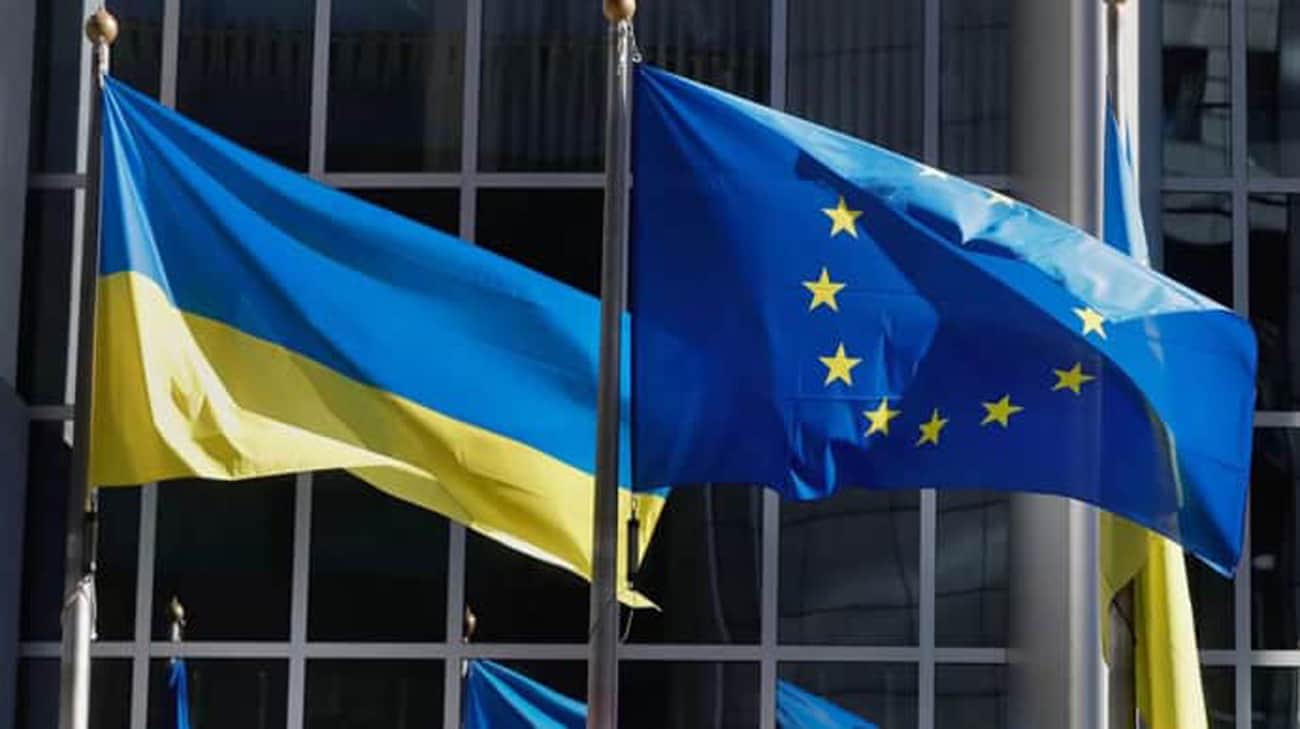What threats does a nuclear conflict bring?
Explosions of atomic bombs and the release of dark soot particles into the atmosphere will make them The air will become less transparent and permeable to sunlight, and temperatures will drop by an average of 15 degrees Celsius.
Another consequence of the global nuclear war would be an increase in ultraviolet radiation. In such a situation, it will penetrate the earth through the damaged ozone layer due to the emission of nitrogen oxides into the atmosphere on a large scale. UV-B radiation, which will seriously damage the plants and reduce the performance of photosynthesis, reach the peak 8-9 years after the conflict.
At the same time, scientists have calculated that the amount of rainfall and solar radiation in the first years after the nuclear collision will decrease by about 70 percent.
The consequence of all this would be a dramatic decline in corn production (treated as « control » cultivation) on Earth (80 percent in the worst scenario); According to the article in the magazine « Environmental Research Letters » The reconstruction of the industry would take 7 to 12 years. In addition, supply chains and trade would be seriously disturbed, deepening the loss of agricultural efficiency and leading to regional or global hunger.
« Current geopolitical tensions, including Russia’s invasion of Ukraine, a conflict in Kashmir and instability in the Middle East, undermined fragile relaxation that prevailed in the recent years of the Cold War, » the authors say. They also emphasized that KOnce of war between the main nuclear powers would be « Catastrophic – with prolonged cooling, collapse of agriculture and social interference on an unprecedented scale« .
Scientists used the Cycles system, which allows many years of simulation of plant growth and soil processes, to model the effects of a large -scale nuclear war. Data from the Soilgrids, Earthstat and Global Agro-Ecological Zones databases were also used.
Russia and the USA. Nuclear arsenal
Russia used a nuclear bomb for the first time in 1949. During the Cold War, she competed with the USA, and both countries expanded their nuclear inventory at that time. In the following decades, the Soviet Union increased and expanded its arsenal, and in 1953 he explored a hydrogen bomb.
The US remains the only country that used nuclear weapons during the war. In 1945, American bombers dropped nuclear bombs on Japanese cities: Hiroshima and Nagasaki.
Carnegie Institute reports that in 1945-1992 the US conducted 1030 tests with nuclear weapons. It is currently estimated that Americans have 5428 heads in their nuclear arsenal. As part of the Nuclear Sharing NATO program, about 100 heads were arranged in allied countries.
« Wall Street Journal » reported in 2022 that, according to the assessment published in the Kremlin Atomic Bulletin, the regime has in its possession of 1,500 long -range heads located in strategic systems and almost 3,000. in the reserve.
There are over 12,000 in nuclear arsenals around the world. heads, and most are in possession of Russia and the USA.
The article was based on the translation of the text from The Moscow Times.
Thank you that you have read our article to the end. Stay up to date! Watch us in Google news.





